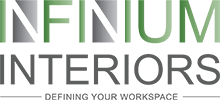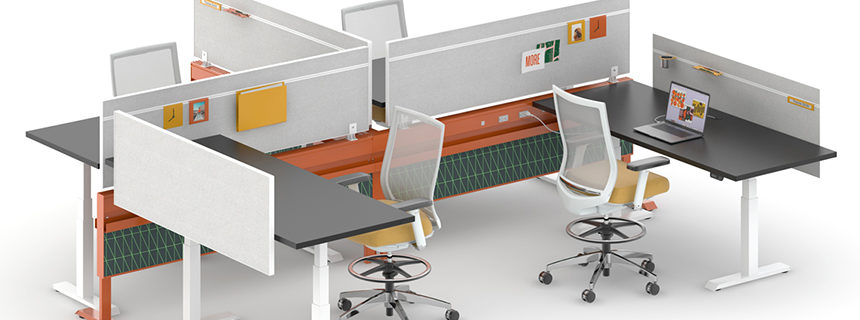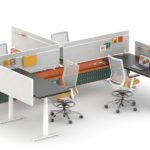Whether the workplace change means moving to a new technology or platform, redesigning workflow, reorganizing, or moving offices, it’s likely that not every member of your team will be enthusiastic about the idea.
Reasons why some people run from change, while others run to it (almost to a fault) is not always obvious. A lack of clarity or understanding of why things are changing makes it difficult for some, while feelings of fear or loss of control or importance are the root of resistant for others. All in all, you can chalk it up to personality and style differences.
If you are planning to make physical changes in your office, consider how you might minimize some of the negativity, while also collecting useful information and increasing buy-in.
When possible, before your decisions are made, find ways to connect with staff to both explain the reason for the changes and to hear them out. If you have the luxury of time, plan more than one conversation on the topic. One-on-one conversations, mind mapping, surveys, and group conversations are great ways to exchange information. At a minimum, you will want to:
- Let staff know why you are considering making changes and, if you know, the extent of the changes, discuss possible impacts.
- Understand the current workflow. Are people frustrated because they don’t have access to the tools or information they need? Find out what will increase efficiency.
- If it ain’t broke, don’t fix it; find out what works that you want to take care to preserve.
- Avoid spending too much time on how things will look (colors, patterns, and styles). Instead focus on function and need.
- Post or share images and info for people to review on their own time. If appropriate, encourage preferences or opinions.
- Let staff know their input is valuable, that it will be considered, and that you will keep them informed.
Continue to engage staff along the way, summarize and share all that you have heard, explain where you are in the process, along with schedules, decisions, and impacts.
We recommend you have additional conversations after staff has had some time to work in their new surroundings to find out if anything needs adjusting or fixing, or if something was overlooked.
In short, engage early, listen for issues and ideas to make the workspace more efficient and effective, and communicate throughout and beyond the process.


